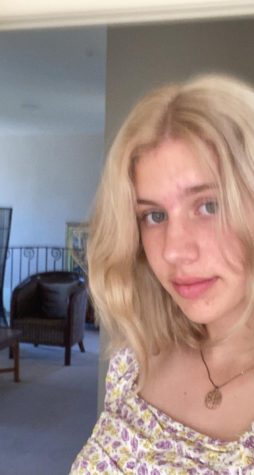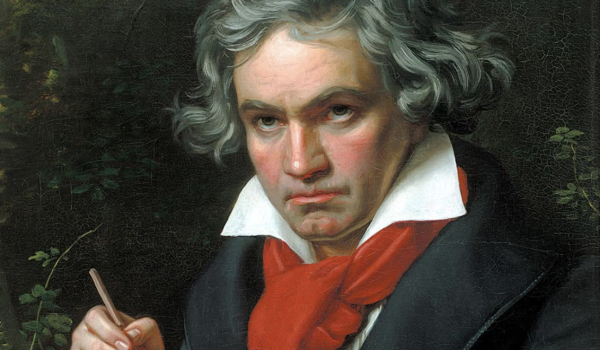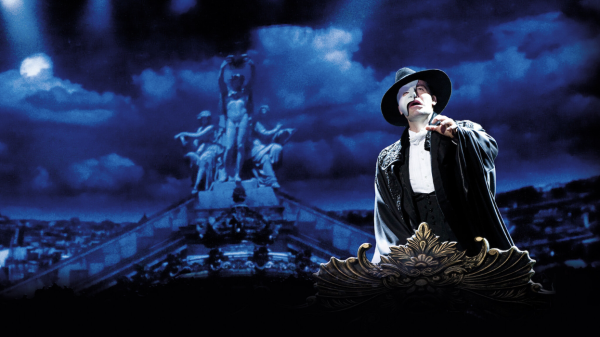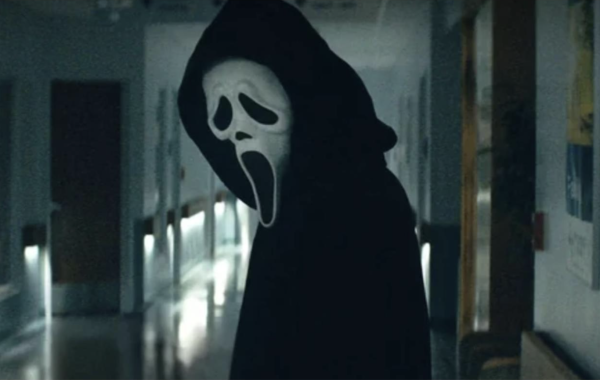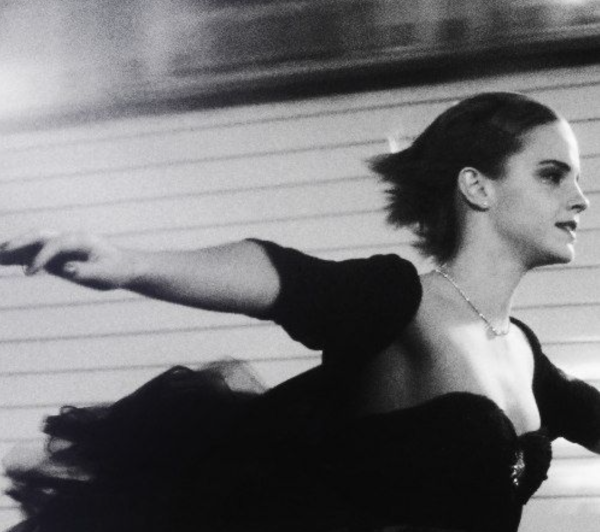Music in Film
A nerd’s guide to film music
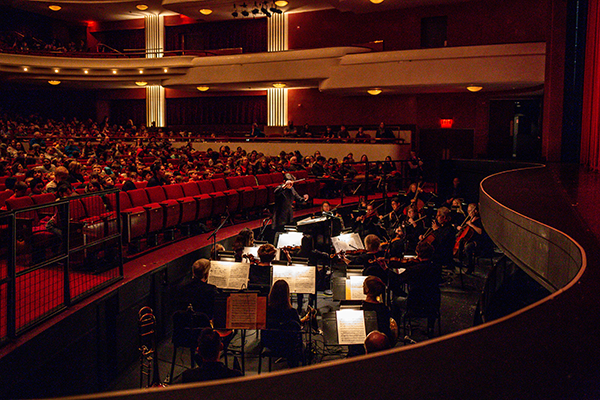
As a musician I tend to constantly search for new exciting songs to listen to. This happens in the form of ads, radios, family and friends and film. Personally, I love film music, it tells a story in it’s own right. For example: the music in Sweeney Todd.
‘The Tale of Sweeney Todd’ is an example of the perfect soundtrack. It heavily relies on something called themes. Themes convey a certain feeling or message in music. The most prominent theme in the film is death. This has been done by using the oldest death song, the Dies Irae. Whenever this theme and it’s variations are heard, as the listener we feel uneasy as we can subconsciously predict death. This isn’t the only theme there is though. In film there are themes called leitmotifs, which are pieces of music that show a person, place or object. This helps the audience recognise characters as they can relate the song to the person. This is usually done in opera where music is the only way to tell the story.
Themes aren’t the only cool thing in film music though. In horror movies, music is essential. It can be what makes a good film, and what makes a great film. Recently, my media studies class watched ‘A Quiet Place’ which is a movie about noise sensitive monsters, so our protagonists rely on sign language to communicate with each other. John Kransinki, the director of the film made effective use of music by mainly having original compositions that fueled the anxiety of viewers. This was done with violins and sound effects. Violins are very versatile as they can create soft and harmless sounds, yet they can also be like nails on a chalkboard. Jarring. We call this the underscore. All themes are part of the underscore, however not all underscores have themes. The underscore is almost another word for soundtrack, however it excludes the songs that weren’t specifically composed for the film.
These are just general examples on the ingenuity of film music. A song which I absolutely adored listening to and breaking down was ‘Hellfire’ from ‘The Hunchback of Notre Dame’. It has many references to the church with the first line being ‘Beata Maria’ meaning Blessed Maria, the mother of Jesus. The song begins with a choir singing in Latin, words of prayer. Unlike most villains, Frollo (the singer) starts to sing in major. This goes well with the context of him being a priest as it was mainly major chords that were used since they sounded more happy than minor. However this major doesn’t last long as it changes quickly in the chorus with a strong minor chord. (If you don’t understand music, what this means is that rather than the happy sounding music he sang in the beginning, Frollo’s song becomes sad/angry.) The mood of the piece has shifted from Frollo telling Maria about the kind of person he is to blaming others and God for the way he feels.
“It’s not my fault, if in God’s plan, he made the Devil so much stronger than a man!”
After Frollo’s blaming is done, we shift back into a major key, however it’s slightly changed as one of the main chords in the beginning, the B flat, has suddenly become a B flat minor. We also hear a change in the type of lyrics he sings. Frollo is now begging Maria to protect him against the lust he feels towards Esmerelda while simultaneously wishing death upon her. It’s a very mature song for a disney film however the music was executed brilliantly.
Overall, the music in film is important for many reasons. It shows emotions, stories, can be great songs to just relax and listen to, and can also be the hand to help you on the way to discovering the type of music you like.


